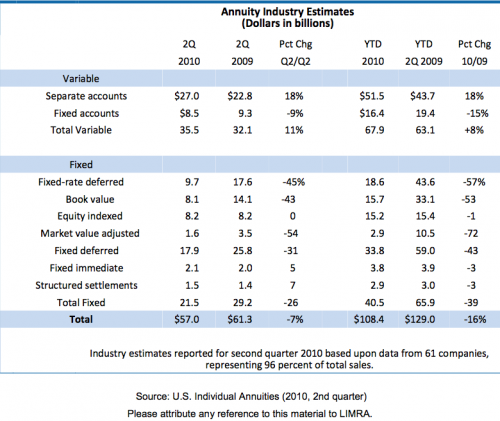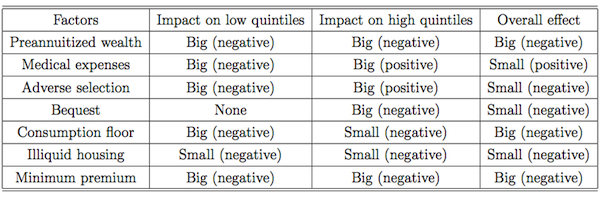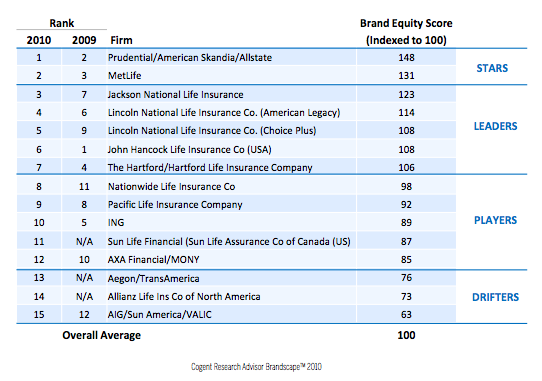Ratcheting up the Social Security claiming age is one of the proposed patches to the Old Age & Survivors’ Insurance program’s long-term funding challenges. But such a remedy could also create pain for many Americans nearing retirement.
Even the affluent would need to save tens of thousands more to offset the lifelong financial loss inflicted by a benefit delay, according to a recent New York Times interview with economist Larry Kotlikoff. A delay would be even more painful for members of what the Senate Aging Committee calls “vulnerable groups.”
As described by a procession of distinguished academics at the 12th annual Retirement Research Consortium in Washington, D.C., last week, those groups include workers without college training, certain ethnic groups, the disabled and, of course, the aged. According to one pair of researchers, they also include the un-conscientious, the overly agreeable and the neurotic.
The Retirement Research Consortium is made up of three organizations, the Retirement Research Centers at Boston College and the University of Michigan and the National Bureau of Economic Research, which are funded by the Social Security Administration.
Social Security, which Franklin Roosevelt signed into law 75 years ago this coming Saturday, was naturally the focus of the meeting, whose title was “Retirement Planning and Social Security in Interesting Times.” Clearly, no one was there to attack it, least of all luncheon speaker James Roosevelt, Jr., FDR’s grandson and CEO of Tufts Health Plan.
But, aside from Roosevelt’s spirited stem-winder of a defense of his grandfather’s legacy, the proceedings were less a birthday celebration for Social Security than an examination of the interplay of many factors that help determine how financially well-fixed a person or household will be by retirement age (and how sensitive they might be to changes in Social Security, like raising the retirement age).
Those variables include education, intelligence, race, sex, personality, health status in old age, employment practices, market disruptions as well as financial incentives and disincentives—whose effects can only be inferred from masses of survey data. As Matthew Shapiro of the University of Michigan said, “It’s complicated.”
Healthy life expectancy
Any proposal to raise the retirement age raises a new set of questions. For instance, are most people healthy enough to work longer? Some are and some aren’t, and a hike in the retirement age would be especially tough on those who aren’t.
“People could work longer if they were forced to,” said Ellen Meara of Dartmouth, who presented a paper called “Healthy Life Expectancy: Estimates and Implications for Retirement Age Policy,” co-written with David M. Cutler of Harvard and Seth Richards-Shubik of Carnegie Mellon.
People tend to report only a slow decline in health between the ages of 50 and 70, suggesting that many people are capable of working longer. “If we raised the early retirement age in Social Security, people ages 62 to 64 would go up 15% in labor force participation,” Meara said.
But healthy life expectancy, like life expectancy, varies by sex, race, and educational level. College education adds up to 3.5 years of healthy life, being white adds up to 2.8 years, and being female adds up to 2.7 years. At the extremes, a college-educated, 62-year-old white woman can expect 18 more years of healthy life while a 62-year-old black male with a high school degree or less has only 10.3 years.
A reduction in the Social Security claiming age could therefore discriminate against certain people—especially those with less education, many of whom may have worked for decades in physically demanding jobs.
If they’re unable to work at age 62, and can’t get Social Security benefits, they might file for Social Security disability benefits instead. A higher claiming age would raise disability rates by three percent overall, Meara predicted, and by twice that amount among those with a high school education or less.
Employment and older workers
The willingness of employers to retain or hire people who would be forced to work throughout their 60s by a higher claiming age is another factor in the debate over Social Security rules.
There’s evidence that older men with five years or more of tenure at their job are less likely to lose their jobs than younger men, but older men without much seniority have weaker job security, according to Richard W. Johnson and Corina Mommaerts of the Urban Institute.
The past two recessions were apparently tough on men in their 50s and 60s. “The 2001 recession disproportionately increased layoffs for men aged 50 to 61, relative to younger workers, and that pattern might be recurring today,” Johnson and Mommaerts wrote. “Unemployment rates increased substantially for older workers in 2009, and rates for those age 65 and older increased much more rapidly during the Great Recession than in previous downturns.”
Exposed to the job market, older workers have a tougher time finding jobs, especially jobs that pay as much as they’re used to earning. Male job seekers ages 51 to 60 are 39% less likely to become re-employed each month than those ages 25 to 34, and men age 62 or older are 51% less likely. Women ages 51 to 60 fared better than men, but women age 62 and older fared about the same.
So even if they are healthy and capable of working, and despite laws and policies against age discrimination, many unemployed people who are in their 60s may be left without any source of income if the claiming age is raised.
It hurts to be neurotic
People who are relatively less intelligence, less conscientious or more neurotic tend to arrive at retirement age with less money than their smarter, more fastidious and more emotionally stable fellows, and might presumably be less able to adjust comfortably to an increase in the retirement age and/or a cut in Social Security benefits.
Although many smart people lost a lot of money in the bear market of 2008-2009, they also tend to have more money than other people, and can afford the losses, said Matthew Shapiro, an expert in “cognitive economics,” which is similar to but not the same as behavioral finance.
People with no financial wealth had no exposure to the stock market, and therefore no stock losses. But they were five times more likely to experience financial distress from the crisis as people with money, Shapiro found, because of tighter credit conditions.
Personality factors, as distinct from educational achievement and intelligence, may also have something to do with how much money people accumulate during their lifetimes and how well prepared they will be for retirement in a world with less support from government.
For instance, self-descriptions of “conscientiousness” were associated with additional average annual earnings of $1,536, according to psychologists Angela Duckworth of the University of Pennsylvania and David Weir of the University of Michigan, as well as more years in the labor force. “Neuroticism” was associated a reduction in average earnings of $698 per year.
Conscientious people were “organized,” “thorough,” “responsible” and “hardworking.” “Agreeableness” and “extraversion” also had negative associations with average earnings in the study. “Openness,” which includes intelligence, curiosity and sophistication, was slightly negatively correlated with annual earnings.
Teaching Americans how to be conscientious may be just as important to their financial security in old age as teaching them math skills (“numeracy”) or other elements of financial literacy, Duckworth and Weir concluded.
© 2010 RIJ Publishing LLC. All rights reserved.







